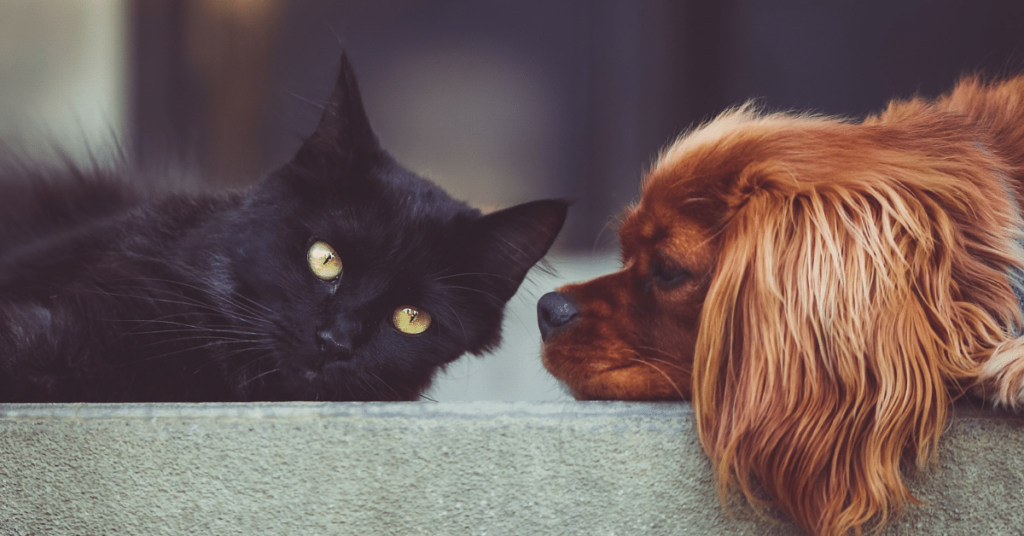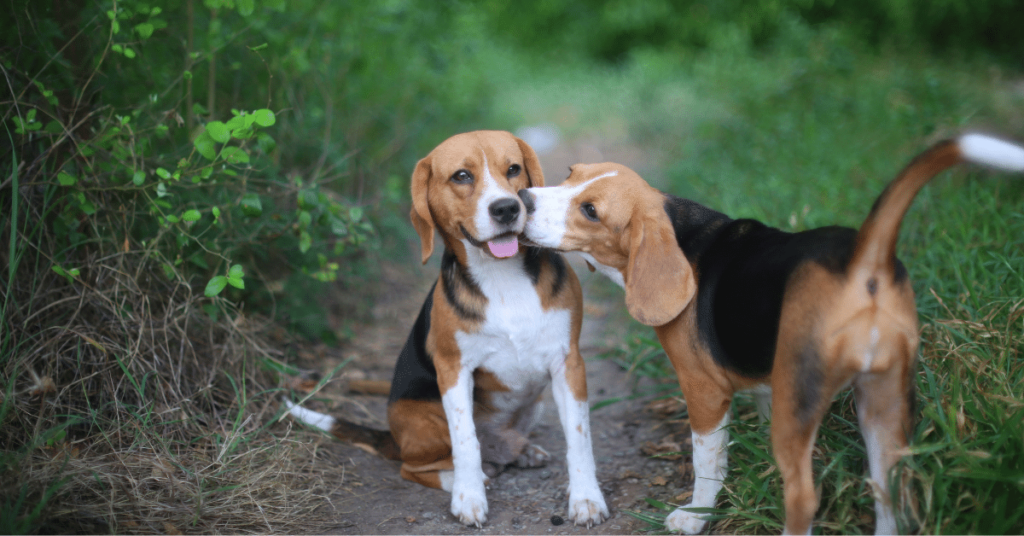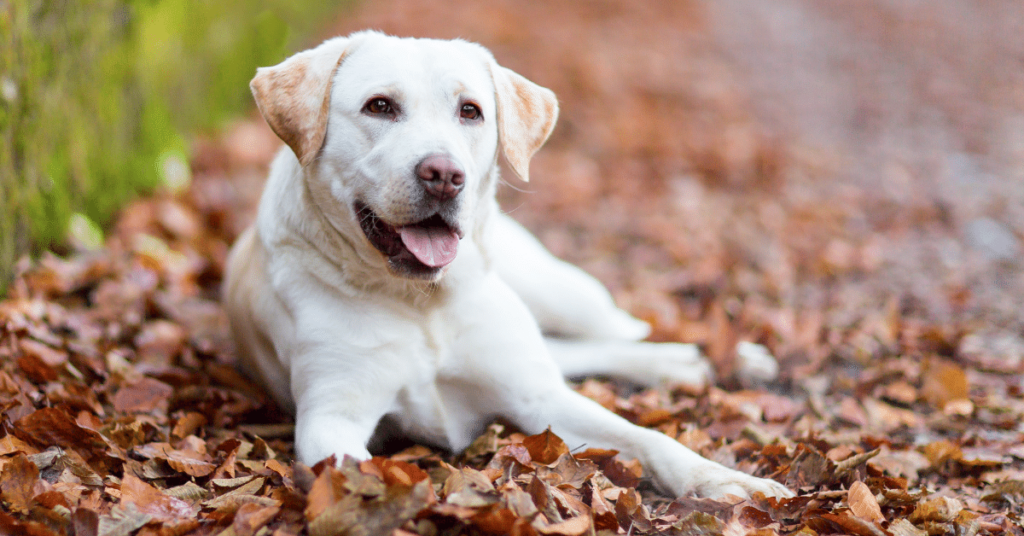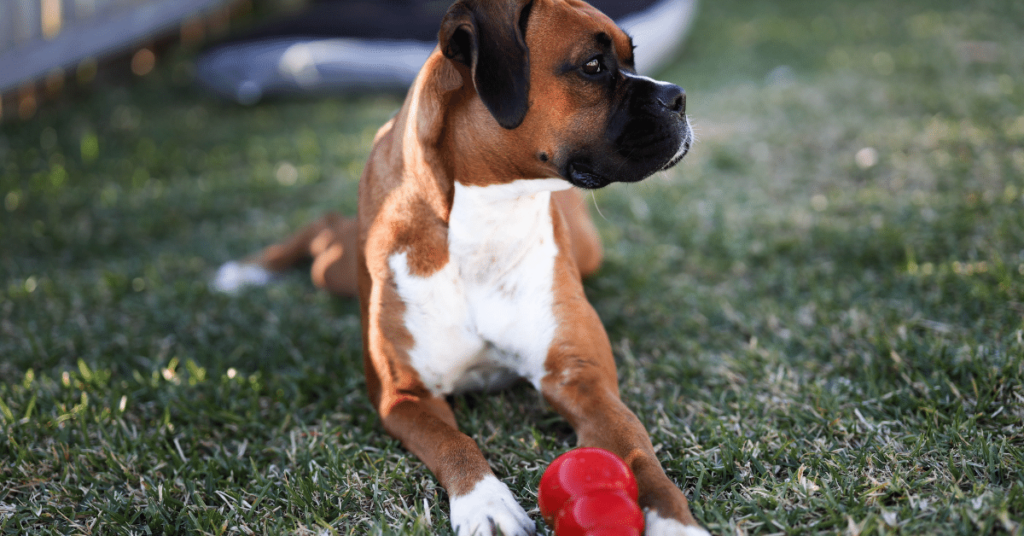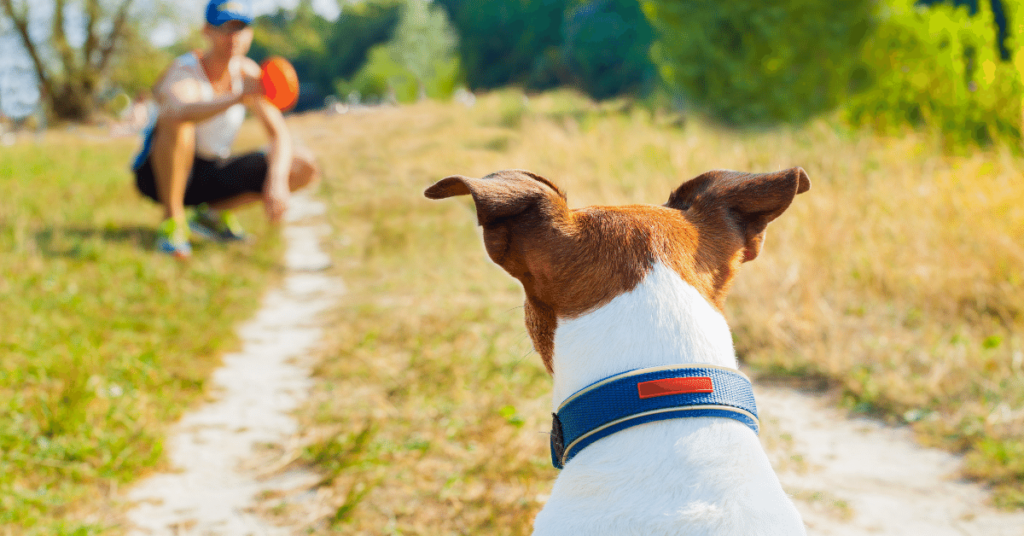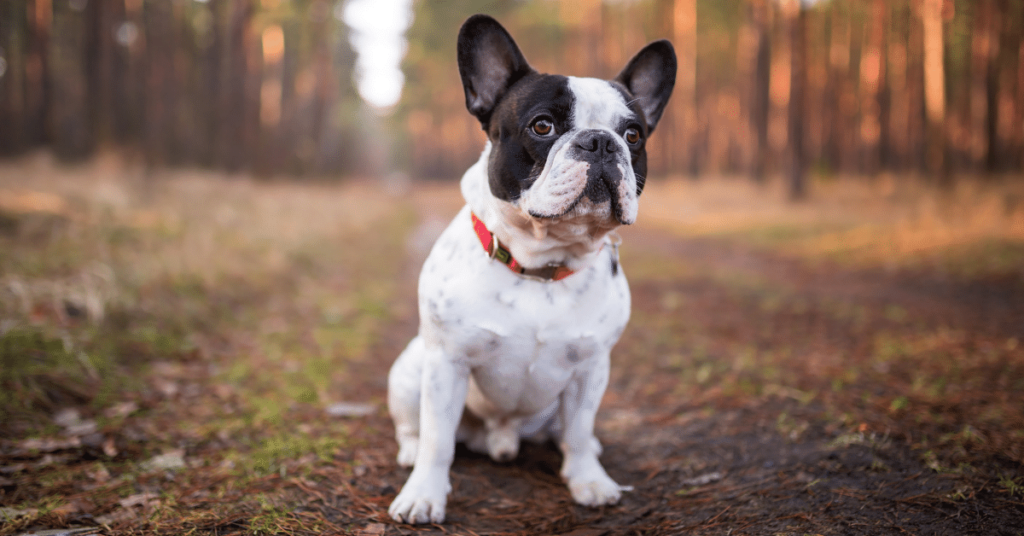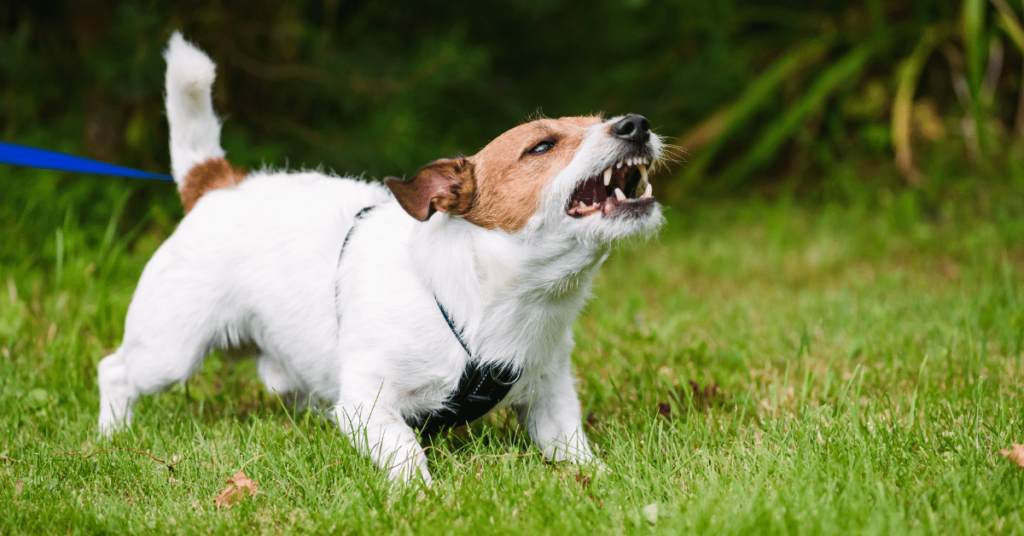Introduction
Adding a new pet to your existing fur family can be an exciting but challenging experience. Introducing a new furry member requires careful planning and consideration to ensure a positive and harmonious environment for everyone involved. In this guide, we will discuss essential tips and techniques to help you smoothly introduce a new pet to your existing fur family.
Assessing Your Current Pets
Before bringing a new pet into your home, it is crucial to assess the personalities, needs, and preferences of your existing pets. Each animal has its own unique temperament, and it is essential to determine compatibility between the new pet and your current pets.
Observing Behaviors
Spend time observing your pets’ behaviors and temperaments. Consider factors such as their energy levels, sociability, and reactions to other animals or changes in their environment. This observation will provide valuable insights into how your current pets might respond to a new addition to the family.
Consulting with Professionals
When in doubt, seek advice from professionals such as veterinarians or animal behaviorists. They can offer valuable guidance and insights into the compatibility of different animal breeds or species. Their expertise can help you make informed decisions and prevent undesirable conflicts between your pets.
Preparing for the Introduction
A successful introduction requires careful planning and preparation. By following these steps, you can create a positive and stress-free environment for your pets.
Establishing Separate Spaces
Before the introduction, ensure each pet has their own separate space. This allows them to feel secure and have a haven to retreat to if they become overwhelmed or need a break from interaction.
Scent Introduction
Familiarize your pets with each other’s scents by swapping bedding or toys. This scent introduction helps pets become accustomed to each other’s presence before actually meeting face-to-face.
First Encounters
Initially, keep the new pet in a separate room or crate. Allow your existing pets to sniff and investigate the new arrival from a safe distance. This controlled environment helps to prevent aggressive behaviors and allows for gradual acclimatization.
Gradual Introduction and Supervision
Introduce your pets gradually in a controlled and supervised manner. Follow these steps to ensure a smooth and successful transition.
Controlled Visual Access
Begin by allowing your pets to see each other without physical contact. Use baby gates or crates to provide a barrier, allowing them to observe each other’s behaviors while feeling safe. Incrementally decrease the separation distance over several days, watching for any signs of distress or aggression.
Positive Reinforcement
During the introductory phase, reward your pets with treats and praise for calm and non-threatening behavior. This positive reinforcement helps them associate each other’s presence with positive experiences, fostering a sense of acceptance and comfort.
Short and Supervised Interactions
Gradually increase the duration and frequency of supervised interactions between your pets. Use leashes or harnesses to maintain control during these initial face-to-face meetings. If any signs of aggression or tension arise, separate the pets and seek professional advice.
Managing Challenges
Introducing a new pet can sometimes lead to challenges or conflicts. Here are some common issues that may arise and how to address them:
Resource Guarding
Some pets may exhibit resource guarding behaviors, especially around food, toys, or attention from their owners. To prevent conflicts, feed pets in separate areas and provide individual attention to avoid competition.
Territory Marking
Pets may mark their territories during the introduction phase. Clean any accidents promptly and consider using pheromone diffusers or sprays to help reduce marking behaviors.
Slow Integration
If conflicts persist, or if the pets are not comfortable with each other even after gradual introductions, be prepared for a slow integration process. It may take weeks or even months for pets to fully adjust to each other’s presence.
Conclusion
Introducing a new pet to your existing fur family requires careful planning, patience, and ongoing supervision. By following the tips and techniques outlined in this guide, you can help ensure a smooth and successful introduction. Remember, each pet is unique, and the process may vary. Always prioritize the safety and well-being of your furry family members. With time, patience, and love, your pets will soon become the best of friends.

